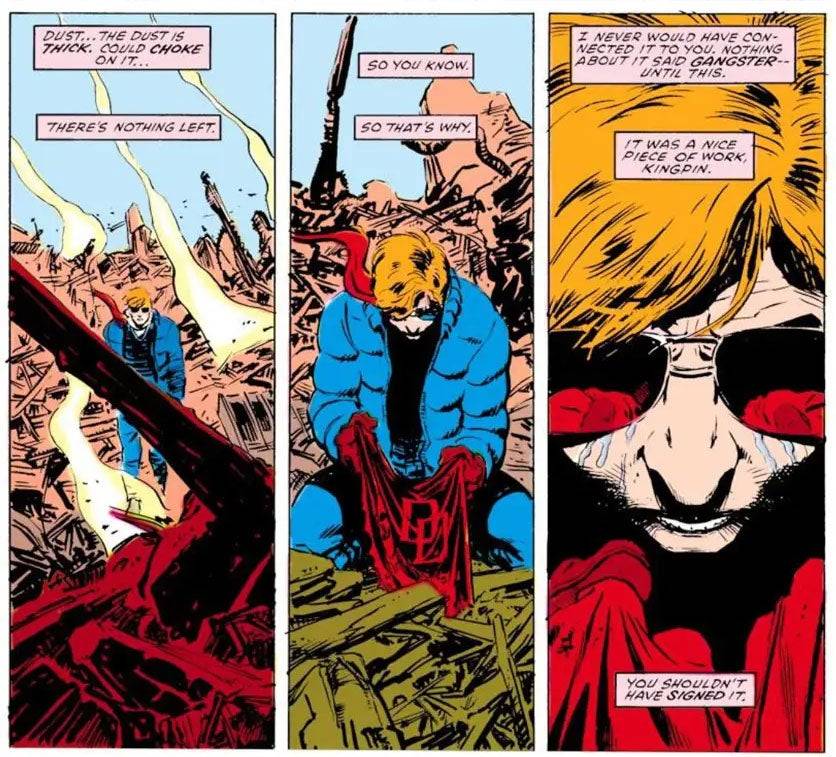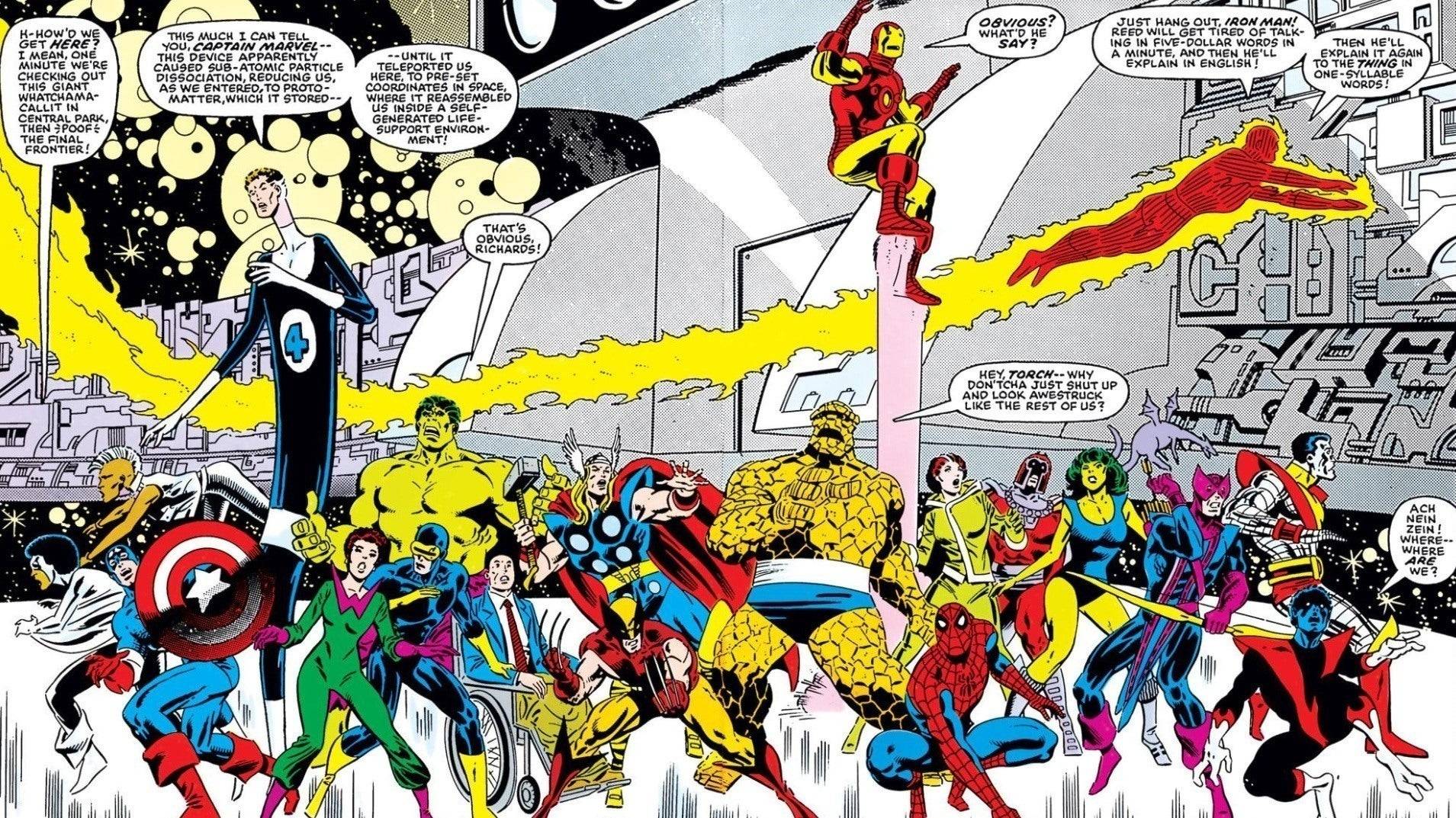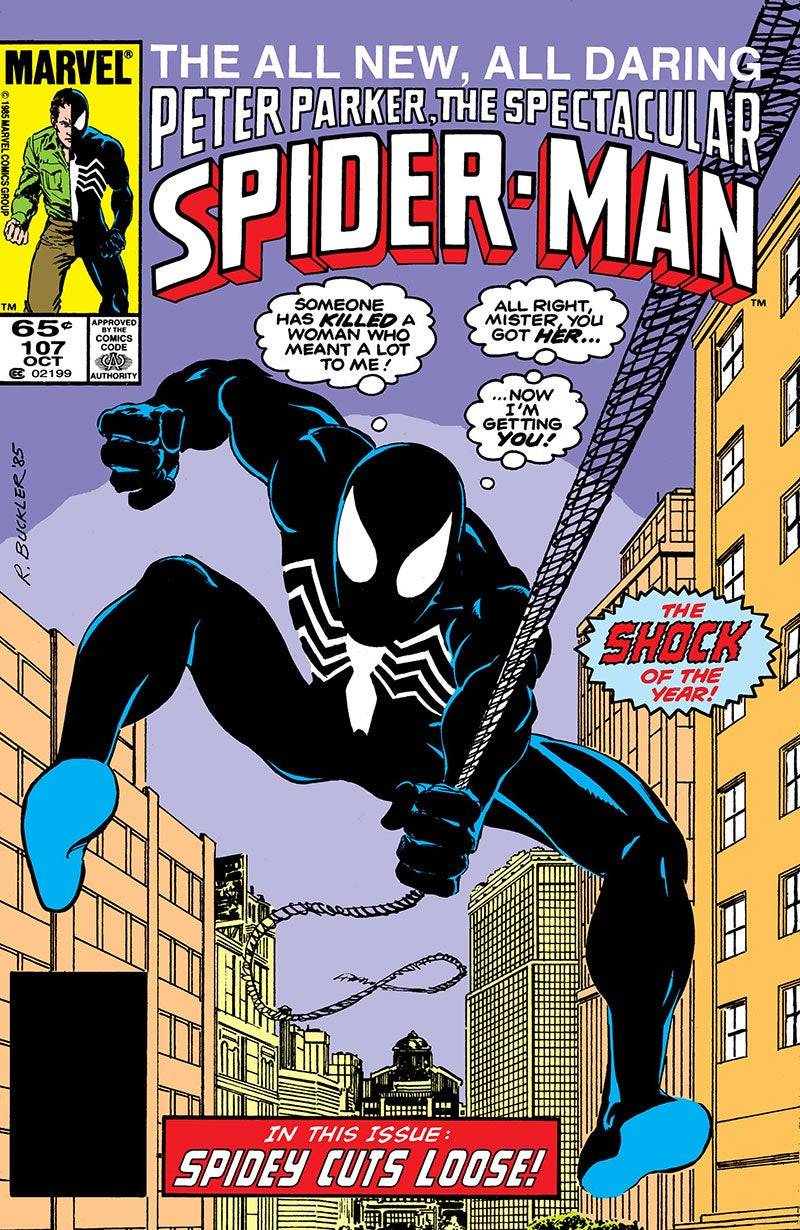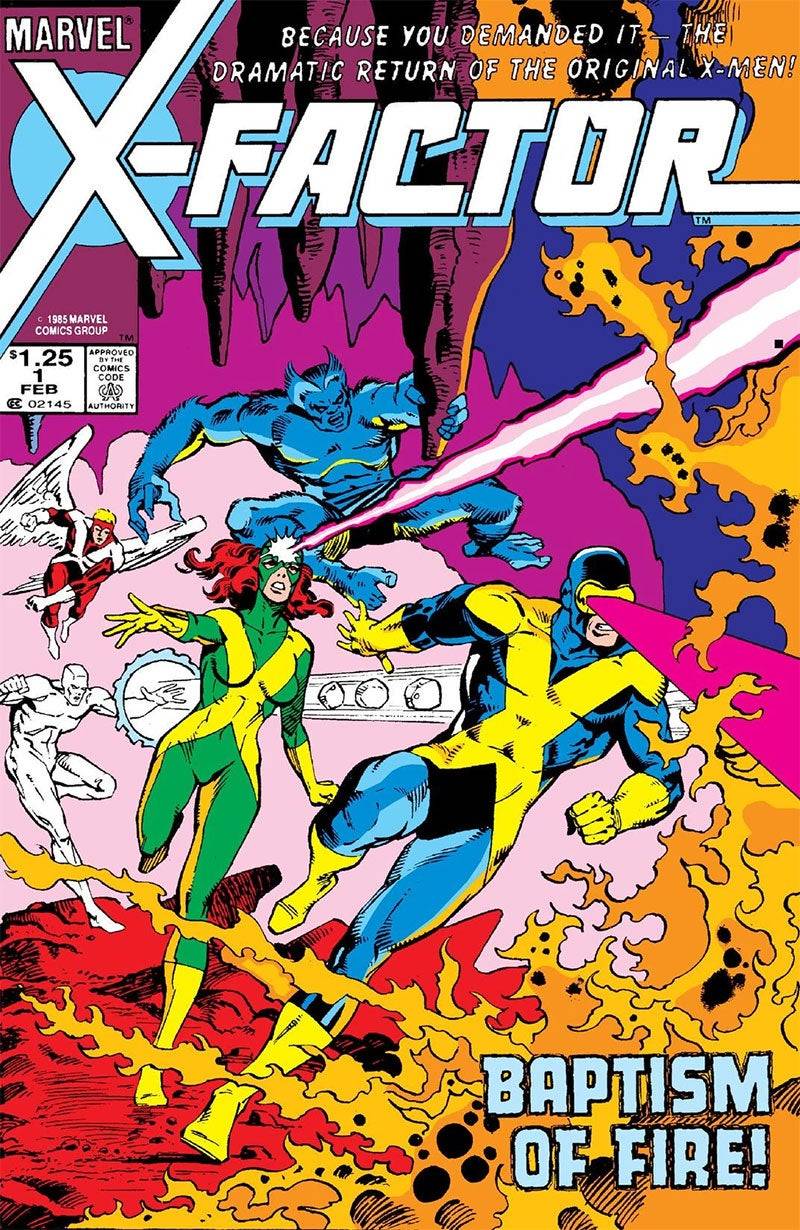The mid-1980s marked a golden age for Marvel, a period of both creative flourishing and significant financial success. Having overcome the financial difficulties of the late 1970s, Marvel was poised to reshape the comic book industry. The pivotal 1984 release of Secret Wars stands as a testament to this, leaving an indelible mark—both positive and negative—on the Marvel universe and the industry as a whole. Its impact reverberated through countless storylines and character arcs for years to come.
This era also witnessed the publication of other iconic works, including Frank Miller's Born Again Daredevil arc, Jean Grey's return in X-Factor, and Walt Simonson's Surtur Saga in Thor. This article delves into these pivotal narratives and other significant stories from this era, continuing our exploration of essential Marvel comics (Part 8).
More Essential Marvel
- 1961-1963 - The Birth of a Universe
- 1964-1965 - The Sentinels Are Born and Cap Dethaws
- 1966-1969 - How Galactus Changed Marvel Forever
- 1970-1973 - The Night Gwen Stacy Died
- 1974-1976 - The Punisher Begins His War on Crime
- 1977-1979 - Star Wars Saves Marvel From Bankruptcy
- 1980-1982 - Did the Dark Phoenix Saga Usher in the Greatest Decade for Marvel?
Frank Miller's Born Again and Walt Simonson's Surtur Saga
Among the era's most acclaimed storylines are Frank Miller's Born Again (Daredevil #227-233), a collaboration with artist David Mazzuchelli, and Walt Simonson's Surtur Saga (Thor #340-353).
Born Again is widely considered a definitive Daredevil tale. Karen Page, tragically addicted to heroin, sells Daredevil's secret identity to the Kingpin, leading to the systematic destruction of Matt Murdock's life. Stripped bare, Matt hits rock bottom before finding redemption through his mother, Maggie. Matt's subsequent return as Daredevil and the Kingpin's descent into obsessive fanaticism create a powerful narrative. This masterwork, loosely adapted in Netflix's Daredevil season 3, also inspired the title of the upcoming Disney+ series, Daredevil: Born Again.
Walt Simonson, taking the reins of Thor in 1983 (#337), introduced Beta Ray Bill, an alien worthy of wielding Mjolnir. Simonson, a defining figure for the character, infused Thor with a strong sense of mythic fantasy. His Surtur Saga is a year-long epic (#340-353), culminating in a monumental showdown between Thor, Loki, Odin, and the fire demon Surtur, ruler of Muspelheim, who seeks to unleash Ragnarok. Elements of this saga found their way into Thor: The Dark World and Thor: Ragnarok.
Secret Wars: A Turning Point for Comics
As discussed in Part 4 of this series, the 1973 Avengers/Defenders War foreshadowed the rise of event crossovers. This trend fully materialized in 1984 with Secret Wars, a 12-part miniseries written by then-Editor-in-Chief Jim Shooter, with art by Mike Zeck and Bob Layton. Born from a marketing collaboration with Mattel, the story features a cosmic being, the Beyonder, teleporting numerous Marvel heroes and villains to Battleworld for a grand conflict.
While Secret Wars is a mixed bag—praised for its large cast and universe-altering consequences but criticized for its narrative inconsistencies—its impact on the comic book industry is undeniable. Its success spawned Secret Wars II and, alongside DC's Crisis on Infinite Earths, solidified the event crossover as a dominant publishing model for decades.
Spider-Man: The Symbiote Suit and Other Defining Moments
Following the foundational runs of Stan Lee and Gerry Conway, Amazing Spider-Man found a new defining voice in Roger Stern, beginning with #224. Stern's run, lasting over two years, restored the book to its former glory, most notably introducing the Hobgoblin in Amazing #238. Stern's original Hobgoblin saga, though cut short due to editorial interference, remains a highlight, eventually finding its intended conclusion in the 1997 miniseries Spider-Man: Hobgoblin Lives.
The introduction of Spider-Man's black symbiote costume in Amazing #252 (originating on Battleworld in Secret Wars #8) marked another significant event, launching a long-running storyline and introducing one of Spidey's most popular villains. The black suit's enduring popularity is evident in its numerous adaptations across various media.
Another significant story from this period is The Death of Jean DeWolff (Spectacular Spider-Man #107-110), a dark and impactful narrative featuring Spider-Man's hunt for the Sin-Eater and a conflict with Daredevil.
Mutant Milestones: Jean Grey's Return and Apocalypse's Arrival
The mid-1980s also brought major developments for Marvel's mutants. Vision and the Scarlet Witch #4 revealed Magneto as the father of Quicksilver and Scarlet Witch, a backstory that remained canonical for many years. X-Men #171 saw Rogue's heroic turn, joining the X-Men after abandoning the Brotherhood, while X-Men #200 featured Magneto's trial and subsequent leadership of Xavier's School.
Two monumental events were Jean Grey's resurrection (across Avengers #263 and Fantastic Four #286) and the introduction of Apocalypse (X-Factor #5-6), created by Louise Simonson and Jackson Guice. Apocalypse, an ancient mutant enhanced by Celestial technology, became a prominent X-Men villain, appearing in numerous adaptations.
AnswerSee Results


















